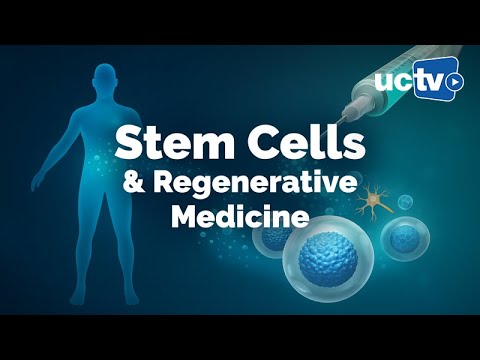Imagine your body’s cells as tiny warriors, each with the potential to heal, regenerate, and transform.
Now picture a secret weapon that could turbocharge these microscopic heroes – that’s exactly what red light therapy does for stem cells.
The Cellular Magic of Photobiomodulation
Red light therapy, a cutting-edge technique in regenerative medicine, isn’t just another health trend. It’s a scientifically-backed approach that’s turning heads in medical research.
At its core, photobiomodulation is like a cellular espresso shot, dramatically boosting stem cell performance in ways that seem almost too good to be true.
What Exactly Happens When Red Light Meets Stem Cells?
When red light intersects with stem cells – particularly mesenchymal stem cells – something extraordinary occurs.
These light waves penetrate deep into cellular structures, triggering a cascade of biological responses that can be described as nothing short of miraculous.
The Science Behind the Glow
Bone marrow mesenchymal stem cells respond particularly well to low-level laser therapy. Research shows that red light irradiation can:
- Stimulate cell proliferation
- Enhance cell viability
- Accelerate healing processes
- Trigger growth factor production
Think of it like giving your body’s repair crew a supercharged set of tools and an energy drink.
Unpacking the Cellular Mechanisms
Near-infrared light and red light work their magic through several key mechanisms:
- Mitochondrial Activation: Light energy essentially “wakes up” cellular powerhouses, increasing ATP production.
- Oxidative Stress Reduction: The therapeutic effect includes minimizing cellular damage.
- Growth Factor Stimulation: Stem cell therapy gets a significant boost from light-induced signaling.
Real-World Applications: From Lab to Healing
Stem cell transplantation has entered an exciting new frontier with photobiomodulation therapy. Whether we’re talking about human adipose-derived stem cells or bone marrow-derived mesenchymal stem cells, the potential is mind-blowing.
Fascinating Case Studies
Researchers have discovered remarkable outcomes across various cell types:
- Neural stem cells show increased proliferation
- Cardiac stem cells demonstrate enhanced recovery
- Umbilical cord mesenchymal stem cells exhibit improved viability
The Technological Marvel: Red Light-Emitting Diodes
Light-emitting diode (LED) technology has been a game-changer. These precise light sources can target specific wavelengths – typically around 660 nm – that optimize stem cell responses.
Who Can Benefit?
If you’re dealing with:
- Tissue damage
- Chronic inflammation
- Slow healing processes
- Neurological challenges
Red light therapy might be your cellular superhero.
A Word of Caution
While the research is incredibly promising, always consult healthcare professionals before starting any new treatment. Stem cell research is continually evolving, and personalized medical advice is crucial.
The Future Is Bright (Literally!)
As we stand at the intersection of technology and biology, red light therapy represents more than just a treatment – it’s a glimpse into the future of regenerative medicine.
Your body has an incredible capacity to heal. Sometimes, it just needs a little light to show the way.
Disclaimer: This article is for informational purposes and does not constitute medical advice. Always consult with a healthcare professional for personalized guidance.


